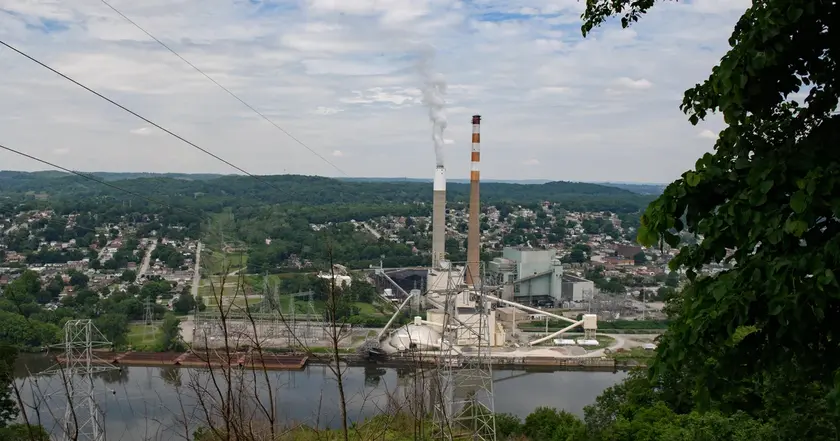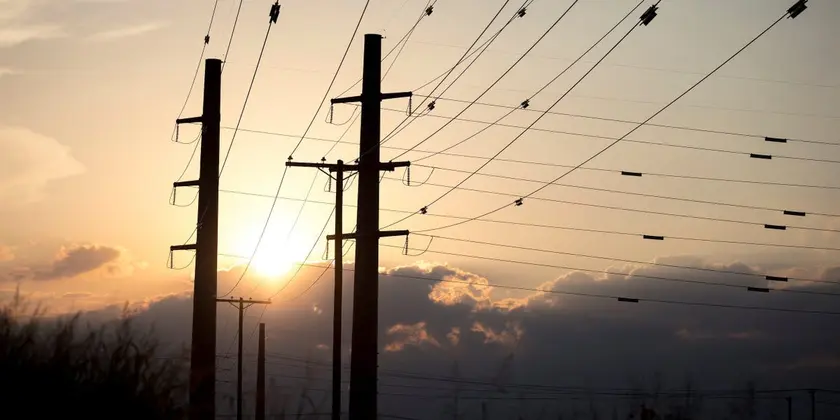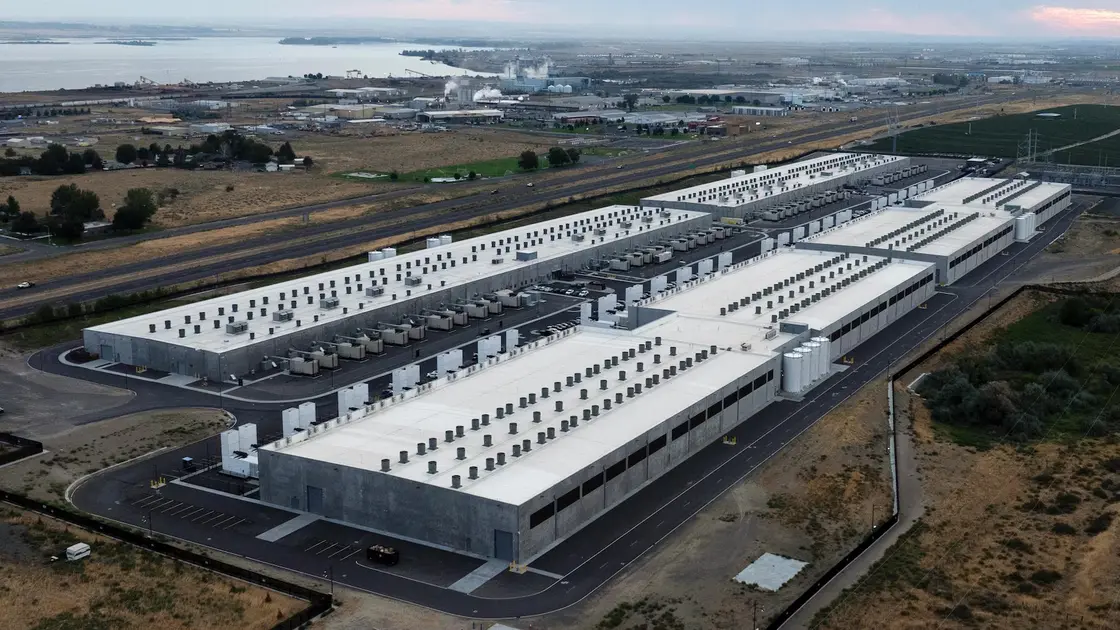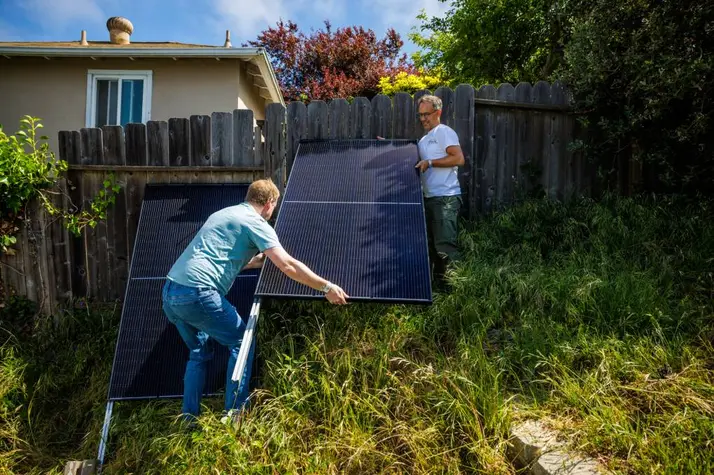T4K3.news
Utility bills set to rise in coming years
Federal data project electricity rates could rise up to 18 percent as demand grows and policy choices shape the grid.

Federal data project electricity rates could rise up to 18 percent as demand grows and policy choices shape the grid.
Rising utility bills strain households and the grid
New federal data show residential electricity prices may climb as much as 18 percent in the next few years. Current bills are already 5.5 percent higher than a year ago and natural gas prices rose 13.8 percent. About 60 utility companies plan rate increases totaling more than 38 billion dollars, affecting more than 57 million Americans, according to the Center for American Progress.
Demand growth driven by artificial intelligence, space heating and electrified transportation is outpacing supply. The fastest way to bring rates down would be to increase transmission, but the grid faces a backlog. At the end of 2023 there were more than 2,600 gigawatts of energy waiting to connect, representing more than twice the current installed capacity, and 95 percent of it was generated by solar, wind and battery storage.
Tariffs and equipment shortages raise project costs. Gas turbines are scarce and the wait for a turbine can be three to four years and even seven years according to May analyses. The energy mix has shifted toward natural gas and renewables while coal declines due to maintenance and pollution concerns. Policy choices shape the price path with supporters of clean energy pushing rapid deployment while others defend keeping fossil fuels running longer.
Key Takeaways
"When supply is scarce, then prices go up"
Rob Gramlich on price dynamics during tight supply
"AI data centers are much more power intensive"
Norman Bashir on AI grid demand
"The OBBBA will increase generation costs for many utilities"
Policy impact cited by industry observer
"By slowing clean energy deployment the Administration is fueling cost increases"
Jason Grumet on pace of policy change
The rising bills reveal a grid that struggles to keep pace with demand. The issue is not only more consumption but also a structural bottleneck in transmission that delays new capacity. Policymakers face a choice between faster grid modernization and keeping prices contained, a clash that will decide how quickly households feel any relief.
Political factors amplify the stakes. Clean energy ambitions clash with interests that want to slow or alter the pace of deployment, and that tug of war will show up in ratepayers bills and in election debates. The coming years will test whether regulation and investment can align with both affordability and a cleaner energy mix.
Highlights
- We need faster grid build to meet AI driven demand
- Transmission is the pinch point that keeps prices high
- Clean energy is affordable only if the grid is ready
- Policy choices will drive consumer bills in the years ahead
Budget and political risk from rising energy costs
Rising electricity prices touch households and businesses and may become a political issue. Policy choices and international events create uncertainty for investors and ratepayers. Public reaction could pressure lawmakers to respond, potentially reshaping energy policy ahead of elections.
The grid reality will force choices that blend engineering, economics and politics.
Enjoyed this? Let your friends know!
Related News

UK politics live update

Renewables face permit blocks and tariff pressure

Electric Bills to Rise in 13 States Due to Data Centers

Data centers push states to redefine power costs

Plug-in solar gains momentum

Bay Area Residents Embrace Plug-In Solar Solutions

Energy bills rise forecast

Energy price cap rises this autumn
